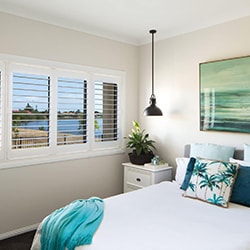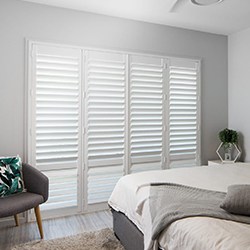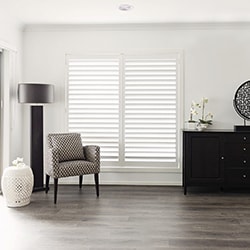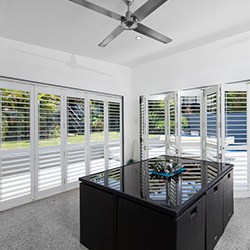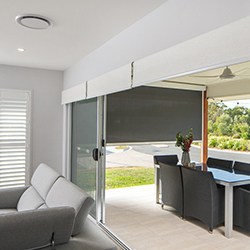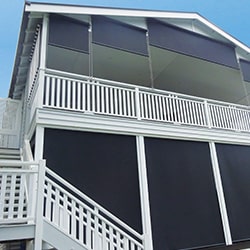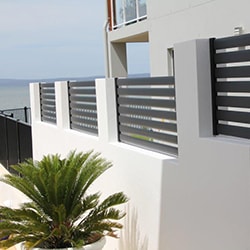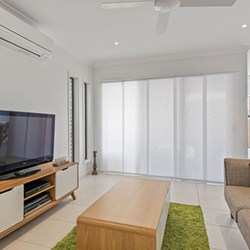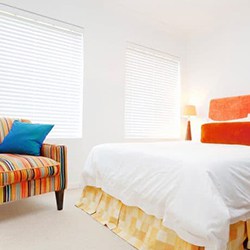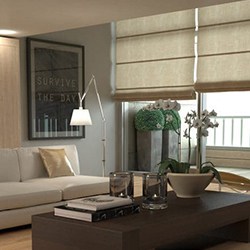Warm, rainy summers are great for the garden but notoriously bad for encouraging mould growth inside your home. Luckily, there are a few simple yet effective ways to keep the mould at bay. Here are some helpful tips for de-moulding your home and window furnishings and keeping them sparkling clean all year round.
The Hidden Dangers of Mould in Your Home
If you can smell mould in your home, it is already at a level that is potentially hazardous to your health, is the professional advice given by a microbiologist and fungi expert. According to Better Health, people with asthma, weakened immune systems or sensitivity to mould are particularly prone symptoms such as a stuffy nose, sore eyes, skin irritation, wheezing and breathing difficulties.
Before you get stuck into cleaning any mouldy areas of your home, it’s a good idea to make sure the room is well-ventilated and that you are wearing appropriate protective clothing. Rubber gloves, eye protection, a shower cap and a P1 or P2 face mask are some of the expert recommendations for safe mould removal.
Cleaning Mould from Curtains
If the curtain fabric contains a substantial amount of visible mould, you can first use a hard bristled brush to remove as much of the mould as possible. Make sure you do this outside, and consider wearing a face mask to avoid inhaling mould spores.
A stain remover can be used on any discoloured areas, or you can use a mixture of vinegar and baking soda to help with both the discolouration and the smell. Your curtains can then be washed in a hot cycle in your washing machine to kill any mould on the fabric.
It’s a good idea to check before you start whether your curtains have any specific cleaning instructions, such as ‘dry clean only’ or particular products to avoid. Block-out curtains are an example of one type that should generally not be machine washed.
Do you need some help selecting the best curtain fabrics for mould-prone areas? Our expert consultants have decades of experience – contact us to book in your obligation-free consultation.
Rescuing Your Mouldy Shutters and Blinds
Most venetian blinds and shutters can be simply wiped clean with a microfibre cloth and your preferred surface mould cleaning product. White vinegar is an excellent option for cleaning mould inside your home. A strong vinegar solution can be used to wipe hard surfaces, ensuring that you also clean your cloth regularly to avoid spreading mould spores.
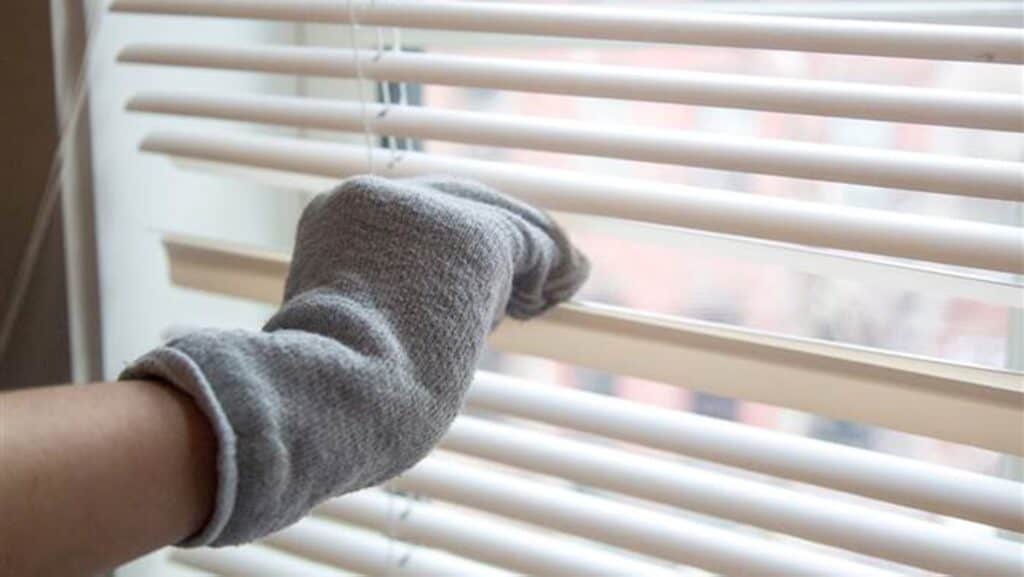

Anti-bacterial wipes, which are treated with a disinfectant, are another convenient and effective option. Clove oil is also widely recommended for killing mould on hard surfaces – cleaning expert Shannon Lush recommends using a quarter teaspoon of clove oil per litre of water in a spray bottle, though cloves should not be used on fabrics.
Fabric blinds can be treated similarly to curtains, although machine washing is not always possible. Instead, blinds can be spot-cleaned, wiped clean with a detergent or vinegar solution, or hand-washed if appropriate. In some cases, professional cleaning might be necessary to safely remove the mould. If all else fails, the fabric might need replacement.
Are you looking for advice on new shutters or blinds to withstand the humid South-East Queensland climate? We’d love to help – simply get in touch and let us bring the showroom to you.
Tips for Keeping Your Home Mould-Free
We all know that prevention is better than cure. So, what can you do to stop the mould from growing in the first place? Ensuring your home has adequate ventilation goes a long way towards preventing the growth of mould. A good bathroom exhaust fan, for instance, can really help.
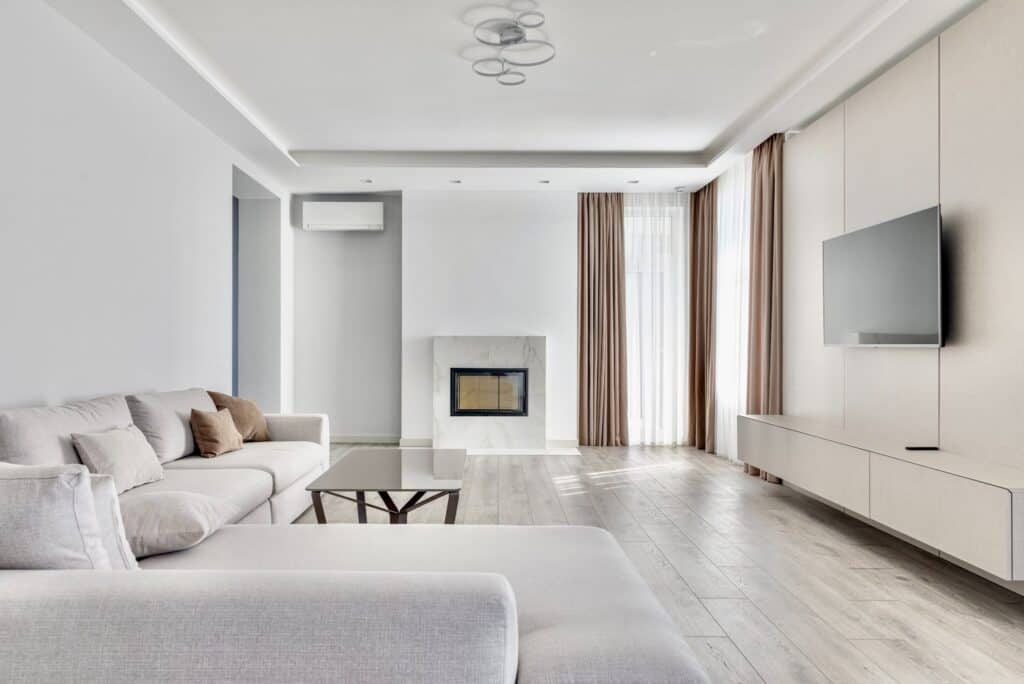

Mould also thrives in damp environments, so if you live in a mould-prone area, you should really consider investing in a dehumidifier. Some air-conditioners have a dehumidifying function, and you can also purchase stand-alone units that help to draw moisture from the air in specific parts of the house.
Experts advise that your home will be most comfortable when the indoor air humidity sits between 30—60 per cent, which is also the range at which most mould growth is kept at bay. Pushing the humidity too low can be problematic in other ways, leading to an uncomfortable dryness that may adversely impact some timbers, artworks, and furnishings in your home.
Selecting the Best Window Furnishings for Mould-Prone Areas
We all know that prevention is better than cure. So, what can you do to stop the mould from growing in the first place? Ensuring your home has adequate ventilation goes a long way towards preventing the growth of mould. A good bathroom exhaust fan, for instance, can really help.
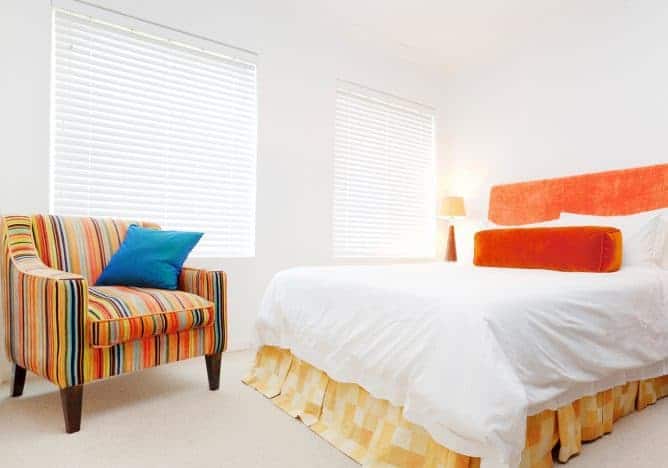

We offer a range of high-quality venetians in sustainable basswood timber, polyresin and aluminium, all of which come with a five-year warranty.
Shutters offer an unmistakeable style that blends form and functionality, with the added benefits of durability and ease of cleaning. Our Alto polyresin shutters are waterproof and suitable for moisture-prone areas in your home, while our Vivace internal aluminium shutters are stylish, durable and easy to clean. All our shutters are well-priced and come with great warranties.
Ready to update your window furnishings? Contact us for expert advice with your free in-home measure and quote.


